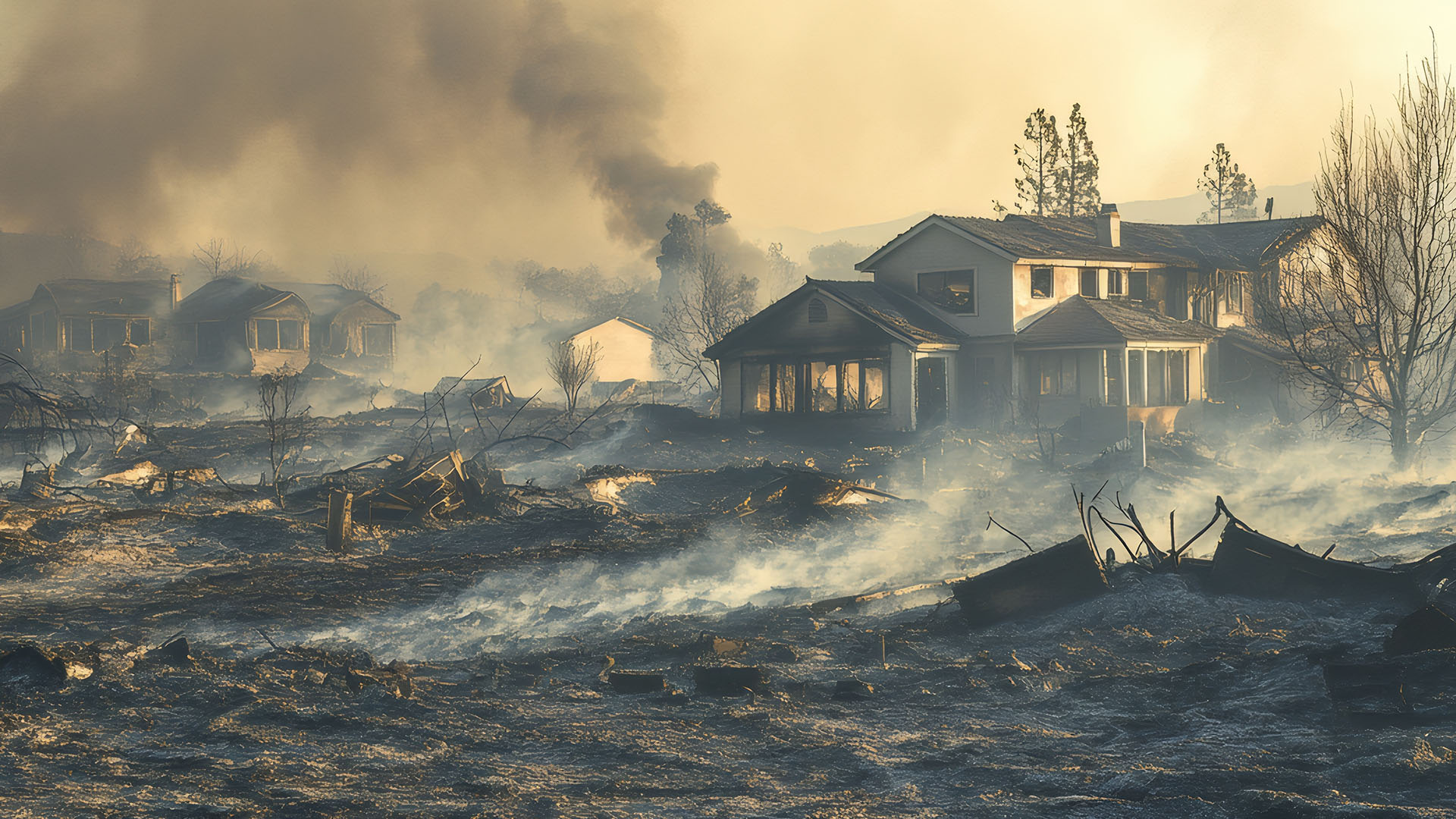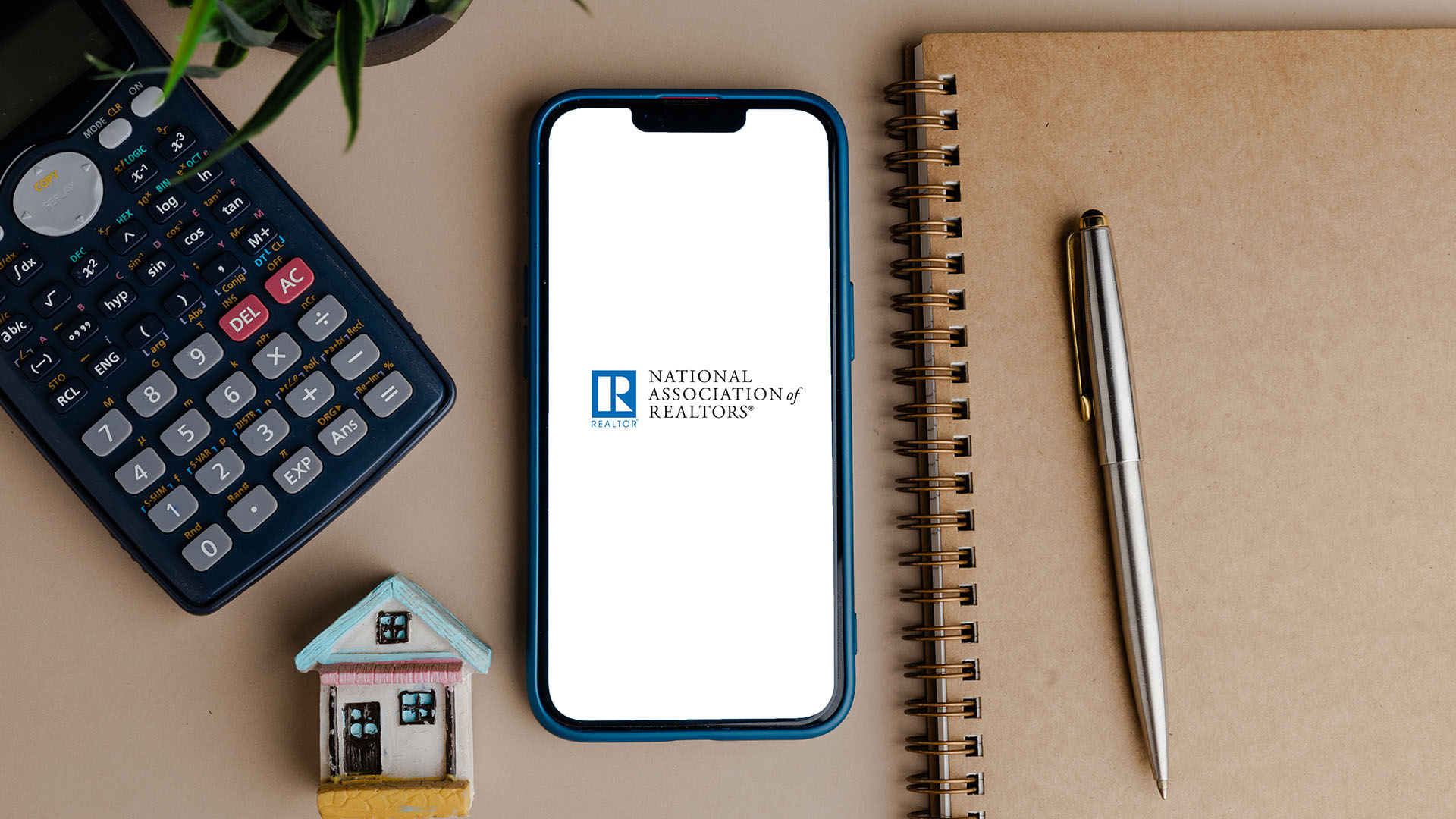
It’s hard not to panic when you have a house listed in an area affected by a natural disaster. Your client’s home may be damaged or a total loss, and your chances for a sale may be destroyed, but all is not necessarily lost. Even huge problems can be managed. You can help your client make the best of the situation with patience and calm. Here’s how to handle the circumstances like a pro.
Who is affected?
Multiple parties are impacted when a natural disaster strikes a property you have listed. The homeowners may have to vacate due to damages, and their insurance company will have to inspect the property and determine the cost of repairs. Restoration contractors will be swamped after a large-scale disaster, creating long waits. If the buyer is awaiting mortgage approval, the lender will have concerns, and the title escrow firm will likely have to postpone the closing. A buyer under contract may even decide to back out.
Helping your client through the nightmare
Whether you represent the seller or the buyer, your empathetic handling of the crisis will prove more gratifying than just closing a deal. You’ll help people in their time of need.
The homeowner, likely in shock, will need a cool head to navigate the steps toward restoration. One aspect to consider is that the area may be dangerous due to open gas lines, water near downed power lines, and damaged roads. Plus, multiple customers will need the services of the same vendors: Insurance adjusters, repair contractors, utility service workers, and more will be buried with work. The cleanup process may take quite a while.
If you represent the seller:
- The seller must not delay filing insurance claims, inspecting the property, or obtaining contractor estimates for repair. Time is of the essence.
- If the house is listed but not under contract, get an inspection report independent of the insurance adjuster and gather repair estimates. Document everything. After repairs, inspect the property again to prove the home has been made whole for potential buyers. Your state may require you to provide a new seller’s disclosure notice describing the damages incurred.
- If the house is listed, under contract, and at a total loss, the buyer may cancel and be refunded an escrowed down payment.
- Flippers may descend on the area, looking to buy up damaged homes cheaply.
If you represent the buyer and the house is partially damaged, the decision to proceed or not must follow state law on the percentage of damage that allows a buyer to terminate without penalty, often set at 5% of the total value. Help obtain copies of the property damage inspections—both the insurance adjuster’s inspection and an independent inspection ordered by your buyer—to compare. Differing reports could affect whether the dollar figure exceeds the percentage threshold the state sets.
If you have a cash buyer willing to take some risk, the seller can assign insurance payments to the buyer, who can close the house before repairs are completed.
Here’s what to expect if the house is undamaged but surrounded by others impacted.
If you represent the seller:
- A buyer’s lender may not appraise the house at its true value if the properties around it are damaged, thus throwing off “comps.” To help the lender understand the situation, send pictures of damaged homes and your client’s undamaged home.
- Conversely, because your client’s house is one of a few undamaged homes, the supply of undamaged homes is limited, giving you a counter to the falling comps position. Due to supply and demand, undamaged homes could increase in value over time.
More in Business Building
Protecting the REALTOR® Brand: What Every Agent Needs to Know
Latest on the Blog


Fathom Expands in Arizona with Launch of Fathom Realty Elite



